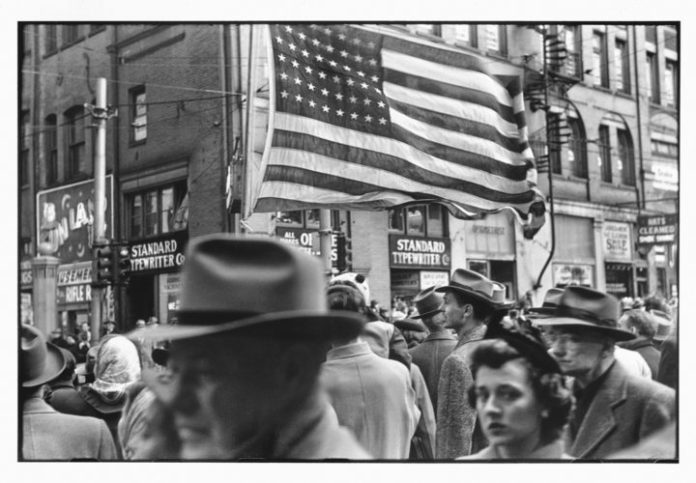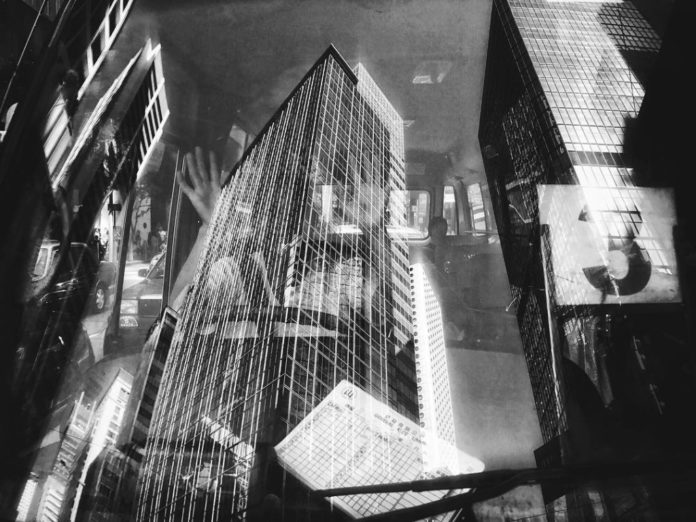2Street Photography In Troubled Times: Social Action Or Self-Indulgence?

Michael Ernest Sweet
I’ve become known, so it seems, as an opinionated writer in the genre of street photography. It’s true, I don’t mince words or obfuscate issues for the sake of protecting the innocent. I feel there are plenty of those writers in the ranks. Therefore, if your feelings are easily hurt, or you take generalized opinions too personally, you’re better off reading another writer and I’m happy to have you do so. That said, I intend to break tradition here. I don’t want to ram any opinion down your throat in this piece, rather, what I’d like to do in this article is merely pose some questions – provide some food for thought. This does not mean that I don’t have my own thoughts on how one might go about answering these questions, I do, but I’d rather not illuminate that part of the discussion in this particular article. Now, to be sure, my tone will lead some to suspect that I feel as though street photography is a worthless act in the modern world. This is not true. I’m merely pressuring the notion, playing the devil’s advocate, to instigate thought. I really don’t know the answer to the question posed in the title, do you?
3How to Get Over Your Street Photography Shyness

Giuseppe Milo
There’s nothing wrong with being a little nervous if you’re out practicing your street photography. Taking pictures of unaware people in candid situations, or approaching someone for a more deliberate photo isn’t easy, but if you’re trying to improve, acting the part of wallflower will only hinder your progress. It’s a skill you’ll need to develop, but you can improve your street photography effectiveness by following a few simple rules (and cracking open a cold one).
4Flight Attendant’s Photography Shows a Side of Virgin America Passengers Rarely See

By 2019, Virgin America will no longer exist.
For those who have flown with the popular airline since it commenced operations in 2007, its upcoming merger with Alaska Airlines is bittersweet. Molly Choma, a flight attendant and photographer, is on a mission to preserve Virgin America before it disappears forever.
For the past nine years, Choma has worked for Virgin America. It was her first job out of college and throughout her 20s, as her life changed, she remained with the brand. A few years into her career as a flight attendant, Choma began bringing her camera with her to shifts and started “tinkering around” with photography while on reserve. Before long, Choma was pulled into Virgin America headquarters to photograph for the company.
5The Hidden World Of Afghanistan’s Nameless Women

In 2015, Kiana Hayeri was living in Kabul and noticed something strange. She was helping her roommate, an Australian TV producer, with a script translation. The main character, a mother of three who divorces her abusive husband, was always described in a way that referred to a male relative.
There was no word in Dari, a language spoken in Afghanistan, to describe a single mother. “They are fighting against a culture that doesn’t even recognize them,” says Hayeri, a Tehran-based photographer.
She went back to Afghanistan a year later to document single women in Kabul, the capital, and Herat, a city in the west. In July, the work earned her a grand prize in documentary photography from the International Academic Forum, an interdisciplinary think tank, conference organizer and publisher based in Japan
6Photographer Elliott Erwitt publishes forgotten Pittsburgh photos

Elliott Erwitt
Elliott Erwitt left his rented room at the downtown Pittsburgh YMCA in the fall of 1950, cameras in hand. The 22-year-old photographer walked up either Forbes or Fifth Avenue, documenting the people and places of the transitioning city along the way, before arriving at the Pittsburgh Photographic Library on the 30th floor of the Cathedral of Learning.
Erwitt documented scenes at parades and Pitt football games. He took portraits of workmen, beggars and children. He was tasked with documenting a city transitioning away from its gritty, purely industrial past — but his images were left largely unseen until now.
When Vaughn Wallace was a history major at Pitt in 2012, he was looking through photo archives at the Carnegie Library when he came across negatives, contact sheets and proofs created by Elliott Erwitt — by then a famous documentary photographer.
“It was pretty amazing to just get to be working with his original stuff,” Wallace, a former visual editor at The Pitt News, said. “It’s pretty cool to see his original annotations and captions.”
7“I shot because it was home”: a conversation with photographer Jerry Siegel

Jerry Siegel
Like sewing a quilt, Jerry Siegel’s photographs are pieces of the past collected over time and ordered to make something new – a longing for time to stand still, a desire to pause and take in the surrounding scene. Siegel’s newest book, Black Belt Color, is a document of nearly 20 years photographing his home in Selma, Alabama. Composed of many micro projects, he presents a keen and sensitive eye that lingers over his subjects in a mesmerizing way. Through years of travels and many lenses, Siegel reveals in his work humbling desire that returning home is both romantic and impossible. Siegel shoots with a keen sensibility to light and a unique approach to the idea of home as being both formal and symbolic.






















